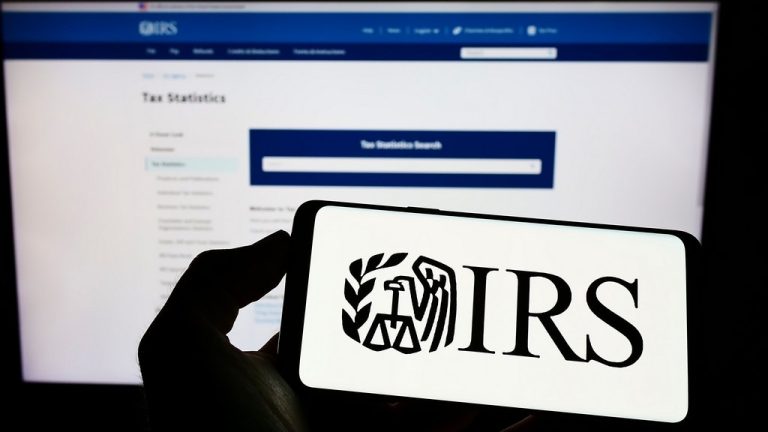Ares Capital (NASDAQ: ARCC) is often considered a reliable income investment. It’s the world’s largest business development company (BDC), with a $26.8 billion portfolio at the end of 2024, and it pays out most of its profits as dividends. It currently pays a hefty forward dividend yield of 9.1%, and it has paid continuous dividends since its IPO in 2004. BDCs also need to pay out at least 90% of their taxable profits as dividends to maintain a lower tax rate.
But over the past 12 months, Ares’ stock has stayed nearly flat as the S&P 500 rose 5%. Should investors expect it to hold steady and keep generating big dividends over the next 12 months?
Where to invest $1,000 right now? Our analyst team just revealed what they believe are the 10 best stocks to buy right now. Continue »
As a BDC, Ares mainly provides loans to “middle market” companies, which generate $10 million to $250 million in earnings before interest, taxes, depreciation, and amortization (EBITDA) each year. It usually invests $30 million to $500 million in debt and equity in each company in its portfolio.
Traditional banks are often reluctant to provide loans to middle-market companies because they’re considered higher-risk clients, yet these companies are also too small to attract funding from private investors or venture capital firms.
Ares fills that gap by providing higher-interest loans than traditional banks. That strategy sounds risky, but it spreads its investments across 550 companies. It also mainly offers first and second lien secured loans (63.8% of its portfolio), preferred equity securities (9.9%), and senior subordinated debt (5.1%) — all of which provide it with some protection from bankruptcies.
Ares’ closest competitor, Blue Owl Capital Corporation (NYSE: OBDC), had a portfolio of 227 companies with a fair value of $13.2 billion at the end of 2024. Blue Owl Capital has locked up 81% of its portfolio in senior secured investments.
Ares’ floating rate loans are pinned to the Federal Reserve’s benchmark rate, so rising interest rates usually boost its net income. But if interest rates are too high, they’ll stifle economic growth, hurt its clients, and make its loans less attractive. Therefore, Ares needs interest rates to stay in a “Goldilocks” zone to gain new clients and maintain a healthy investment portfolio.
Investors often evaluate a BDC with three key performance metrics: its net asset value (NAV) per share, if it’s trading at a discount or premium to its NAV, and its debt-to-equity ratio. From 2004 to 2024, Ares’ year-end NAV per share rose from $14.43 to $19.89 as it grew organically and acquired a long list of its industry peers.







